African Spice Chronicles: 7 Popular Foods You Can’t Miss Without a Dash of Flavor!
When you think of Africa, what comes to mind? Vast savannas, wild safaris, vibrant cultures — and let’s not forget — the mouthwatering cuisine that tells a story as old as time itself. African food is a melting pot of spices, traditions, and local ingredients, blending indigenous flavors with Arab, European, Indian, and even Asian influences.
In this blog post, we’ll take you on a flavor-packed journey through 7 popular African dishes that are spiced to perfection, complete with pro tips and fun facts. So grab your apron, sharpen those knives, and get ready to spice up your plate!
Table of Contents
- Jollof Rice – The West African Queen of One-Pot Wonders
- Tagine – Moroccan Magic in Clay
- Inyama Yekwa Nyama Choma – Flame-Grilled Joy from East Africa
- Sadza – Zimbabwe’s Staple Soul Food
- Bunny Chow – South Africa’s Street Food Surprise
- Koobi – Ghana’s Salty Fish Secret
- Doro Wat – Ethiopia’s Spicy Chicken Powerhouse
- Spice Box Breakdown – Must-Have African Spices
- FAQ Corner – All Your Burning Questions Answered
- Final Thoughts: Spicing Up Your African Plate
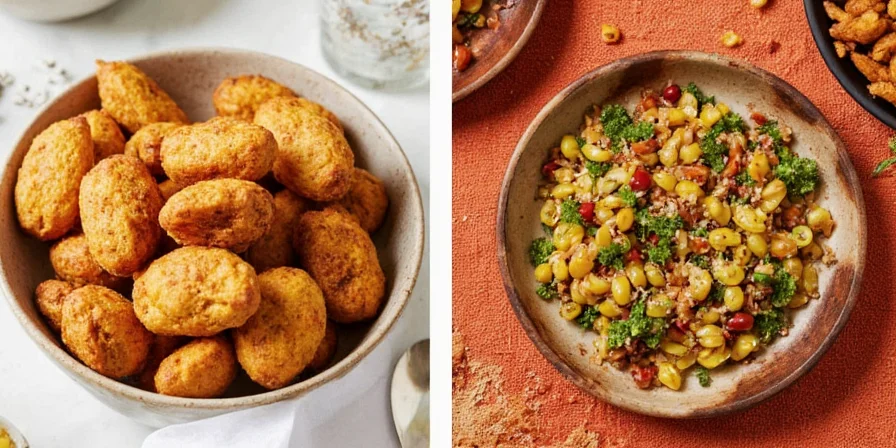
Jollof Rice – The West African Queen of One-Pot Wonders
Jollof Rice isn't just a dish; it's a continental debate. Nigeria, Ghana, and Senegal all claim their version is the best, but one thing they all agree on is the magic of the spices. Tomatoes, scotch bonnet peppers, ginger, thyme, curry powder, and bay leaves come together in a symphony of flavor that turns rice into royalty.
- Pro Tip: Toast your rice before adding liquid to deepen the nuttiness and prevent mushiness.
- Spice Hack: Use smoked paprika for a richer color and smoky undertone if your tomatoes aren’t giving enough depth.
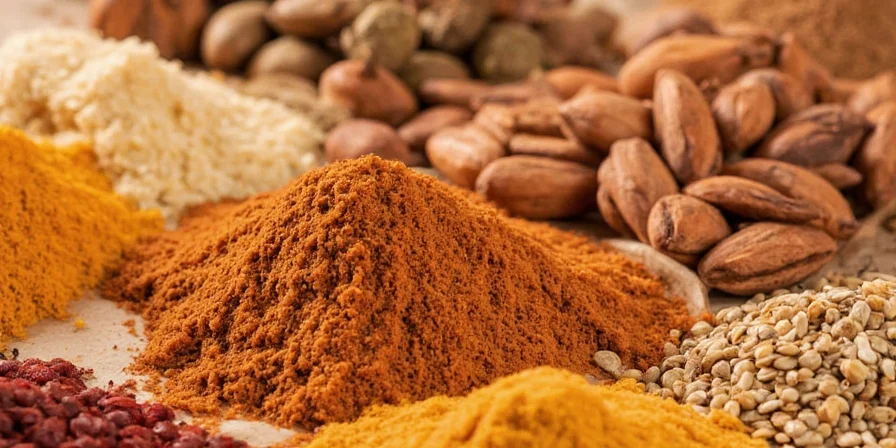
Tagine – Moroccan Magic in Clay
This slow-cooked wonder hails from North Africa and gets its name from the clay pot it’s cooked in. Tagines often feature lamb or chicken paired with prunes, olives, and almonds, creating a perfect balance of sweet and savory.
The secret? A blend of spices like cumin, cinnamon, turmeric, ginger, saffron, and ras el hanout.
- Pro Tip: If you don’t have a tagine, use a Dutch oven on low heat for similar results.
- Spice Hack: Make your own ras el hanout by mixing coriander, cumin, cardamom, clove, nutmeg, and allspice — customize it to your taste!
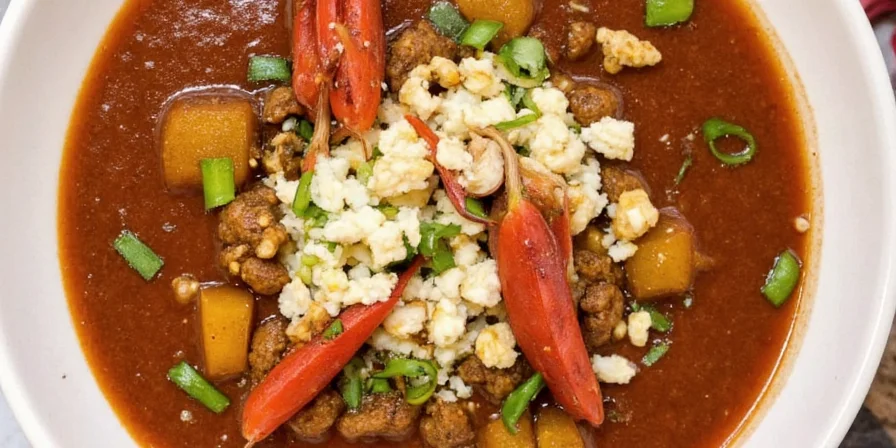
Inyama Yekwa Nyama Choma – Flame-Grilled Joy from East Africa
In Zimbabwe (where it's called *Inyama*) and Kenya (where it's known as *Nyama Choma*), grilled meat is more than a meal — it's an event. Usually goat or beef, the meat is marinated in a bold mix of garlic, chili, ginger, salt, and lemon juice before being flame-grilled over charcoal.
- Pro Tip: Let your meat rest after grilling to retain juiciness.
- Spice Hack: Add a splash of piri-piri sauce or crushed bird’s eye chilies for extra fire power.
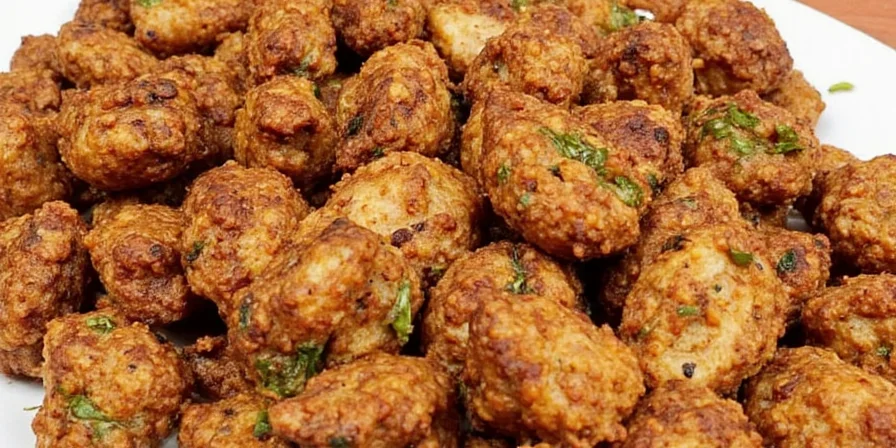
Sadza – Zimbabwe’s Staple Soul Food
Made from maize flour (cornmeal), Sadza is the backbone of many meals in Zimbabwe. It has a thick, polenta-like texture and is usually served with relishes like green leafy vegetables, beans, or meat stews.
- Pro Tip: Stir constantly while cooking to avoid lumps.
- Spice Hack: Add dried chilies or ground coriander to the water when cooking for a subtle warmth.
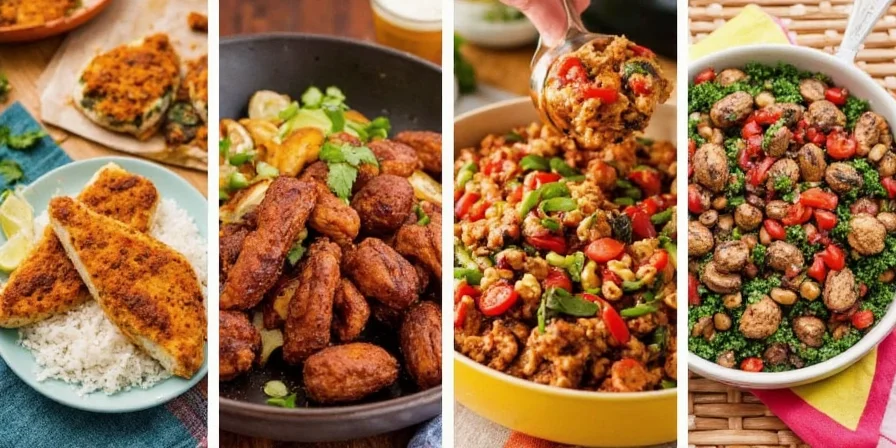
Bunny Chow – South Africa’s Street Food Surprise
Hailing from Durban, Bunny Chow is a hollowed-out loaf of bread filled with spicy lentil or chickpea curry. Its roots lie in Indian-South African fusion and it's packed with flavor thanks to curry powder, turmeric, cumin, and mustard seeds.
- Pro Tip: Serve with a dollop of cooling yogurt or mint chutney to balance the heat.
- Spice Hack: Toast mustard seeds in oil first for a deeper, earthier note in the curry base.
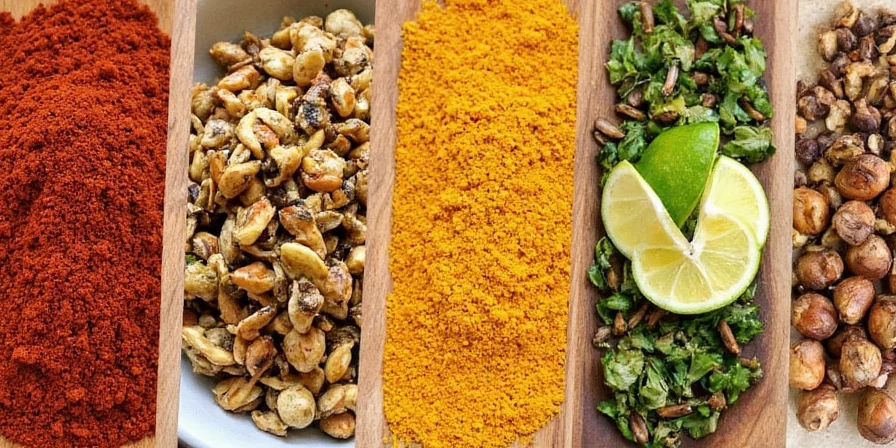
Koobi – Ghana’s Salty Fish Secret
Koobi is sun-dried, salted tilapia fish used in soups, stews, and sauces across Ghana. Known for its intense umami punch, it pairs beautifully with tomatoes, onions, and fiery scotch bonnet peppers.
- Pro Tip: Rinse koobi thoroughly before cooking to remove excess salt.
- Spice Hack: Blend scotch bonnet with ginger and garlic for a base that boosts any Ghanaian dish.
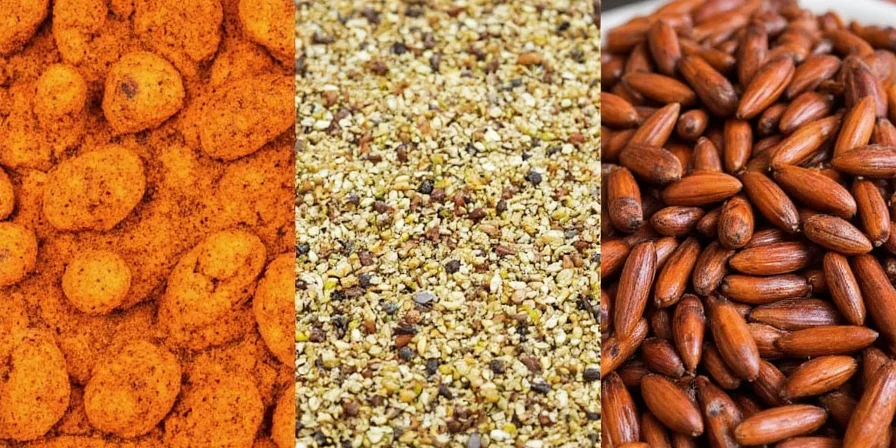
Doro Wat – Ethiopia’s Spice Bomb Chicken Stew
Doro Wat is Ethiopia’s national dish — rich, deep-red chicken stew made with berbere spice blend, hard-boiled eggs, and sometimes potatoes. It simmers for hours, soaking up the complex layers of fenugreek, paprika, cayenne, and more.
- Pro Tip: Cook the stew slowly to allow the flavors to marry perfectly.
- Spice Hack: Store homemade berbere in a cool, dark place — it intensifies over time!
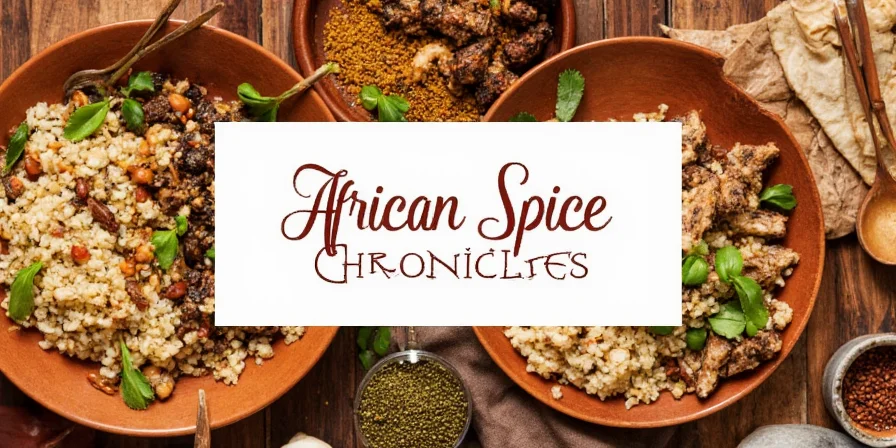
Spice Box Breakdown – Must-Have African Spices
To truly master these dishes, here’s a cheat sheet of essential spices found across African kitchens:
| Spice | Description | Common Dishes |
|---|---|---|
| Ras El Hanout | Moroccan super-spice blend including cardamom, cumin, cinnamon, clove, etc. | Tagine, couscous |
| Berbere | Spicy Ethiopian mix with chili, garlic, ginger, and fenugreek | Doro Wat, misir wat |
| Scotch Bonnet Pepper | Fiery West African chili used fresh or dried | Jollof, pepper soup |
| Cumin | Earthy, nutty spice used across North and West Africa | Tagine, kebabs |
| Paprika | Sweet or smoked versions add color and warmth | Jollof, Doro Wat |
| Ginger | Used fresh or powdered for zesty warmth | Curries, marinades |
FAQ Corner – All Your Burning Questions Answered
Q: Is all African food spicy?
Absolutely not! While many dishes use warming spices, African cuisine offers a range of heat levels depending on the region. Some dishes focus more on aromatic herbs than heat.
Q: What’s the difference between Jollof and Pilau rice?
Jollof rice is West African, cooked with tomatoes and scotch bonnet. Pilau rice, common in East Africa, uses more whole spices like cloves, cardamom, and cinnamon for a fragrant finish.
Q: Where can I buy authentic African spices?
Look for them at international markets, specialty spice shops, or online retailers like Etsy, Amazon, or Afrikrea.
Q: Can I substitute any spices if I can’t find the real deal?
You sure can! For example, ras el hanout can be swapped with equal parts cumin, cinnamon, and allspice. Berbere can be mimicked using paprika, chili powder, and a dash of fenugreek.
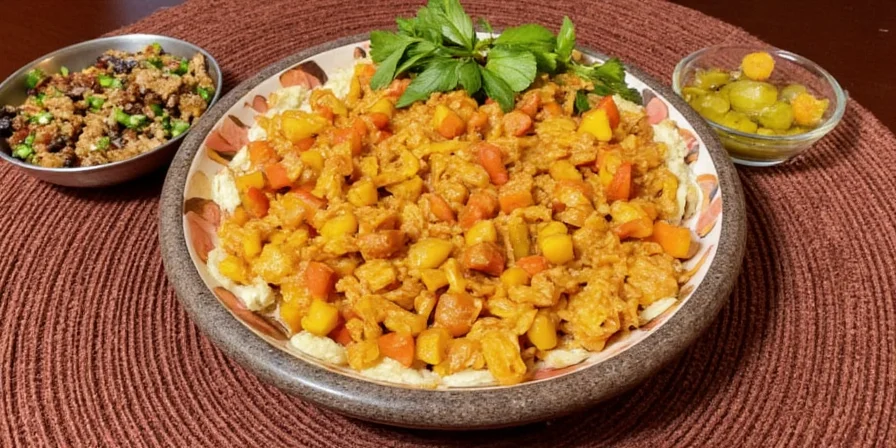
Final Thoughts: Spicing Up Your African Plate
From the smoky tagines of Morocco to the fiery stews of Ethiopia and the hearty bowls of Jollof rice, African cuisine is a taste adventure waiting to happen. With a few key spices and a little know-how, you can recreate these beloved dishes in your own kitchen — no passport required!
So whether you're hosting friends, spicing up your weeknight meals, or simply curious about global flavors, embrace the spirit of Africa with open arms and a full stomach.
And remember — in Africa, food is never just fuel… it’s celebration, culture, and connection.
Got a favorite African dish we missed? Drop it in the comments below — let’s keep the spice flowing!

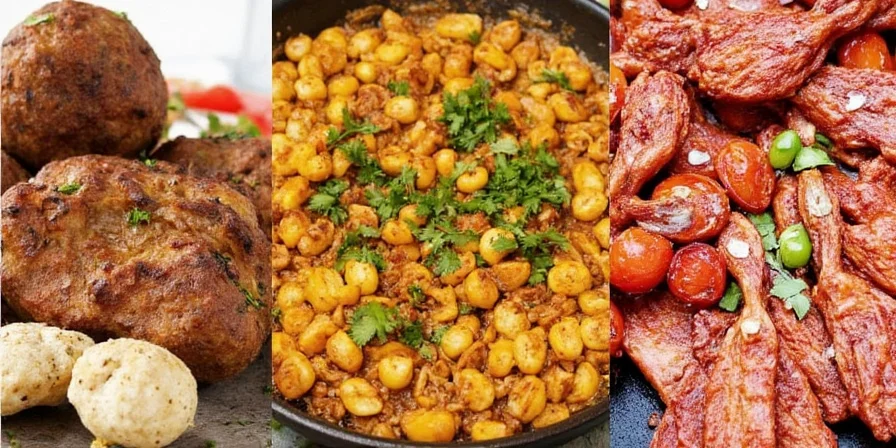









 浙公网安备
33010002000092号
浙公网安备
33010002000092号 浙B2-20120091-4
浙B2-20120091-4